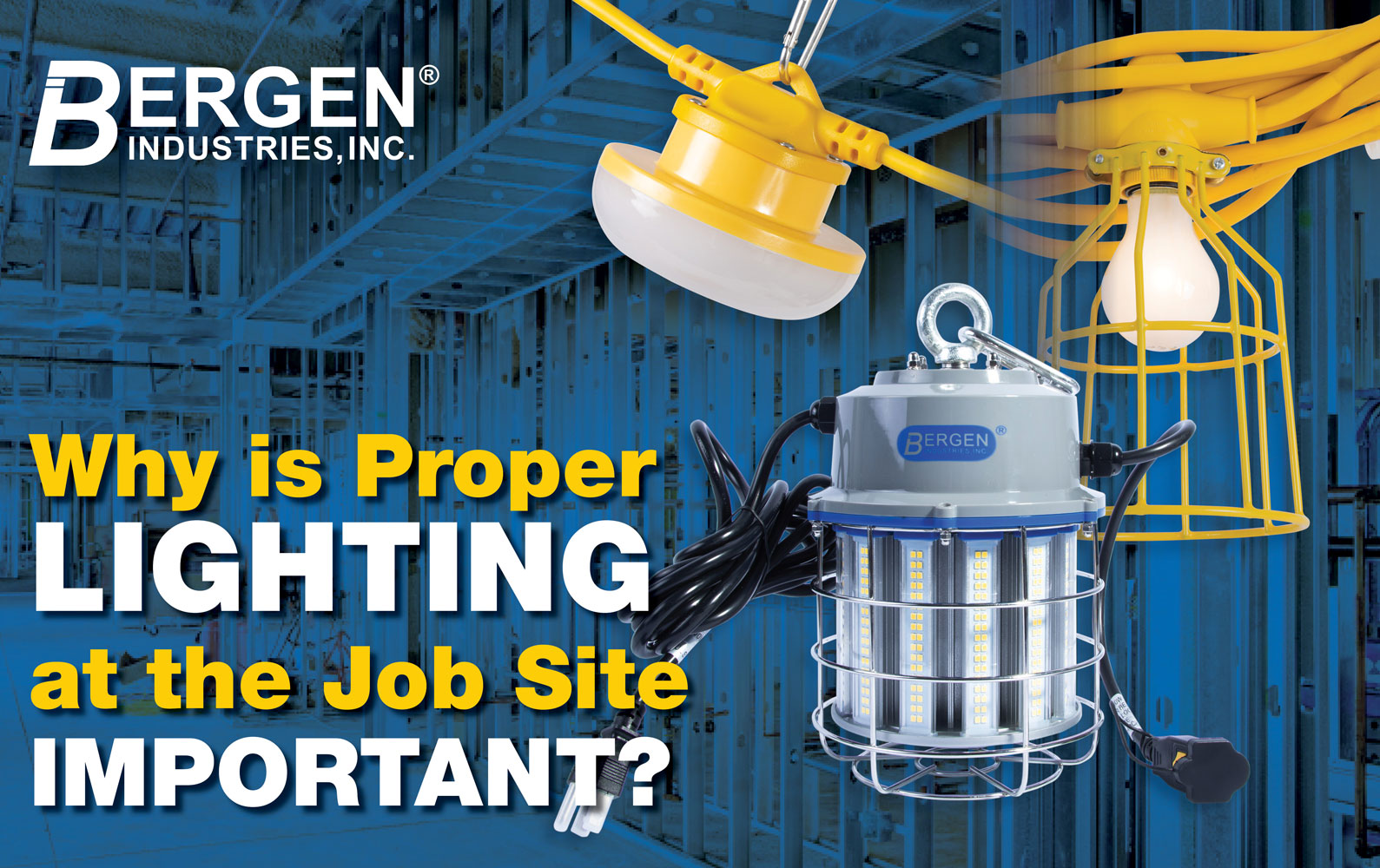
Why is Proper Lighting at the Job Site Important?
- Safety: Adequate lighting is crucial for ensuring the safety of workers and minimizing the risk of accidents. Insufficient lighting can lead to trips, slips, and falls, especially in areas with obstacles or uneven surfaces. Proper lighting helps workers identify potential hazards, navigate the workspace safely, and perform tasks with accuracy.
- Accident prevention: Good lighting helps prevent accidents by improving visibility and reducing the chances of collisions, entanglements, or contact with machinery or equipment. It allows workers to see clearly and react to their surroundings effectively, avoiding potential dangers and minimizing the likelihood of injuries.
- Productivity: Well-lit work areas have a direct impact on productivity. Sufficient lighting enables workers to perform tasks efficiently and accurately. It reduces eye strain, fatigue, and errors that can occur when working in dimly lit or poorly illuminated conditions. Good lighting also promotes a positive working environment, which can enhance morale and motivation.
- Quality control: In many industries, proper lighting is essential for maintaining quality control standards. Adequate lighting ensures that workers can inspect materials, products, or finished goods accurately, identifying any defects or issues that may affect the final outcome. This is particularly important in industries such as manufacturing, construction, and quality assurance.
- Health and well-being: Insufficient lighting can have adverse effects on workers' health and well-being. Poorly lit environments can cause eye strain, headaches, and discomfort. Inadequate lighting can also disrupt circadian rhythms, affecting sleep patterns and overall health. Proper lighting, on the other hand, promotes a comfortable and visually appealing workspace, contributing to the overall well-being of employees.
- Compliance with regulations: Many industries have specific lighting requirements mandated by safety regulations and standards. Compliance with these regulations is essential to avoid legal issues, penalties, and work stoppages. By ensuring proper lighting at the job site, you demonstrate a commitment to maintaining a safe and compliant work environment.
Overall, proper lighting at the job site is crucial for the safety, productivity, quality, and well-being of workers. It helps minimize accidents, enhances visibility, supports accurate task performance, and ensures compliance with regulations. Investing in adequate lighting is a proactive measure that benefits both the workers and the overall success of the project.











